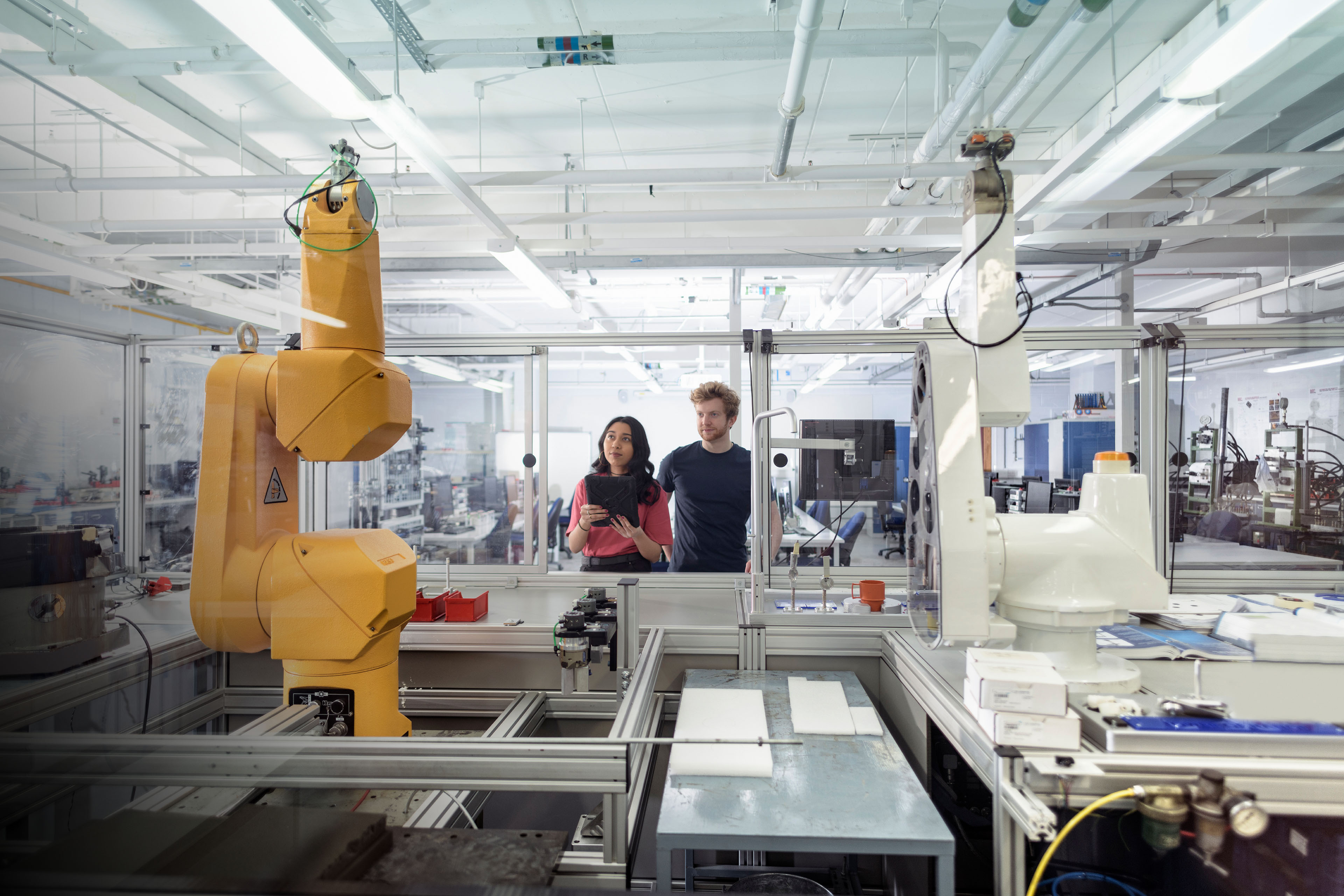EY refers to the global organization, and may refer to one or more, of the member firms of Ernst & Young Global Limited, each of which is a separate legal entity. Ernst & Young Global Limited, a UK company limited by guarantee, does not provide services to clients.
How EY can help
-
Our transformative technology platform helps bring your finance and tax vision to life to build a future-ready business. Learn more.
Read more
What is GenAI?
In simple terms, GenAI is a category of artificial intelligence (AI) algorithms that create new content based on training data. This content includes text, images, video, audio, computer code, and synthetic data.
Once exposed to the right training data, GenAI can generate human-like responses to queries. The technology achieved widespread adoption in 2022 following the launch of a GenAI-powered chatbot that not only answers questions but also composes natural-language written content such as articles, social media posts, computer code and emails.
While consumer-facing GenAI platforms are trained using information from the internet, companies are becoming increasingly aware of the significant value that can be generated by exposing the technology to their proprietary data, such as information stored within their ERP systems.
Unlike conventional artificial intelligence, GenAI can also ingest and analyze vast amounts of unstructured data (such as reports, emails, supporting documents, invoices and sales receipts), combining it with structured data to provide tax teams with a wider and significantly richer level of analysis and insight. Companies are unlocking this value by using GenAI to:
- Simplify and automate routine tasks; for example, automatically gathering, cleansing and manipulating data.
- Summarize large amounts of information, identifying and extracting the most important details from large documents and data sets.
- More easily compare revenues across different lines of business to previous years’ results.
- Generate new content/insight. This refined information is used to write notes, reports and supporting documentation such as purchasing orders and profitability analysis.
- Recommend the next-best actions – GenAI can then suggest what to do next, based on this wealth of information.
The tax function is not alone in its efforts to leverage GenAI. For example, HR departments are using GenAI to help build a skills-first organization by assisting with talent acquisition processes. Meanwhile, finance teams are using the technology for a wide range of tasks, including automating data analysis and producing reports faster and more accurately.
What does the application of generative AI look like in practice?
GenAI’s potential is neatly summed up by Lyn Bird, VP Transformation at Microsoft Corp., when she describes how the technology has “transformed the English language into the most powerful programming language on the planet.” Equipped with the right GenAI tools, tax professionals are now able to interrogate and manipulate enterprise data first-hand.
“For example, tax teams will soon be able to use simple everyday language to ask an AI bot to search for problematic invoices and alert them when they find one,” Bird says. “At that point, a person can take over and assess the situation.”
Sophisticated GenAI bots are already able to employ “fuzzy logic” to identify invoices likely to trigger downstream issues, even if the data contained in these invoices is correct, according to Ken Priyadarshi, EY Global Strategy and Transactions Chief Technology Officer.
Meanwhile, leading software companies have decided to embed GenAI in their existing desktop tools, such as Excel and PowerPoint, enabling tax professionals to use a chat window to interrogate and improve their spreadsheets. They will also be able to create their own GenAI algorithms to automate tasks and generate insights thanks to low-code/no-code functionality built into these widely-used apps.
Bespoke GenAI solutions are also being created to alleviate other well-known tax team pain points. For example, panelists at EY Tax.Tech 2023 event revealed EY is piloting a virtual sales-and-use tax assistant that sits alongside tax teams, analyzing both structured and unstructured data, advising and guiding team members as they allocate transactions to tax buckets. The solution has successfully reduced the audit cycle from four years to one month for pilot participants. Its designers now hope to shorten that cycle even further.
Another EY pilot discussed during Tax.Tech 2023 involves a GenAI solution capable of parsing thousands of pages of product data to build a case for research and development (R&D) tax incentives. The solution does this by identifying and isolating specific word patterns used in previous successful R&D tax incentive applications.
Tax law is also proving to be fertile ground for GenAI. According to Priyadarshi, his team is working on a GenAI solution that is capable of producing a detailed mergers and acquisitions (M&A) due diligence report based on responses to a series of template questions.
Augmenting people potential
The potential of GenAI may be great, but Bird argues that humans will remain central to the technology’s success. She contends that in virtually every scenario, a human/machine partnership significantly outperforms a person or a machine working in isolation.
“We need to approach GenAI with a ‘person at the center’ design mindset,” Bird says. “The combination of the person and the machine is very powerful, especially in tax, because of the technical know-how and depth of knowledge that practitioners can bring to that partnership. When you put an ethical and compliant person at the center, they can guide and validate the work being carried out by GenAI at specific points during a process.”







